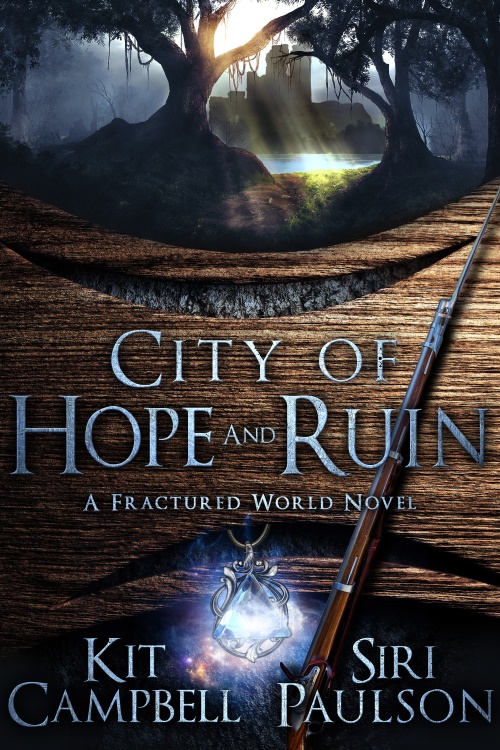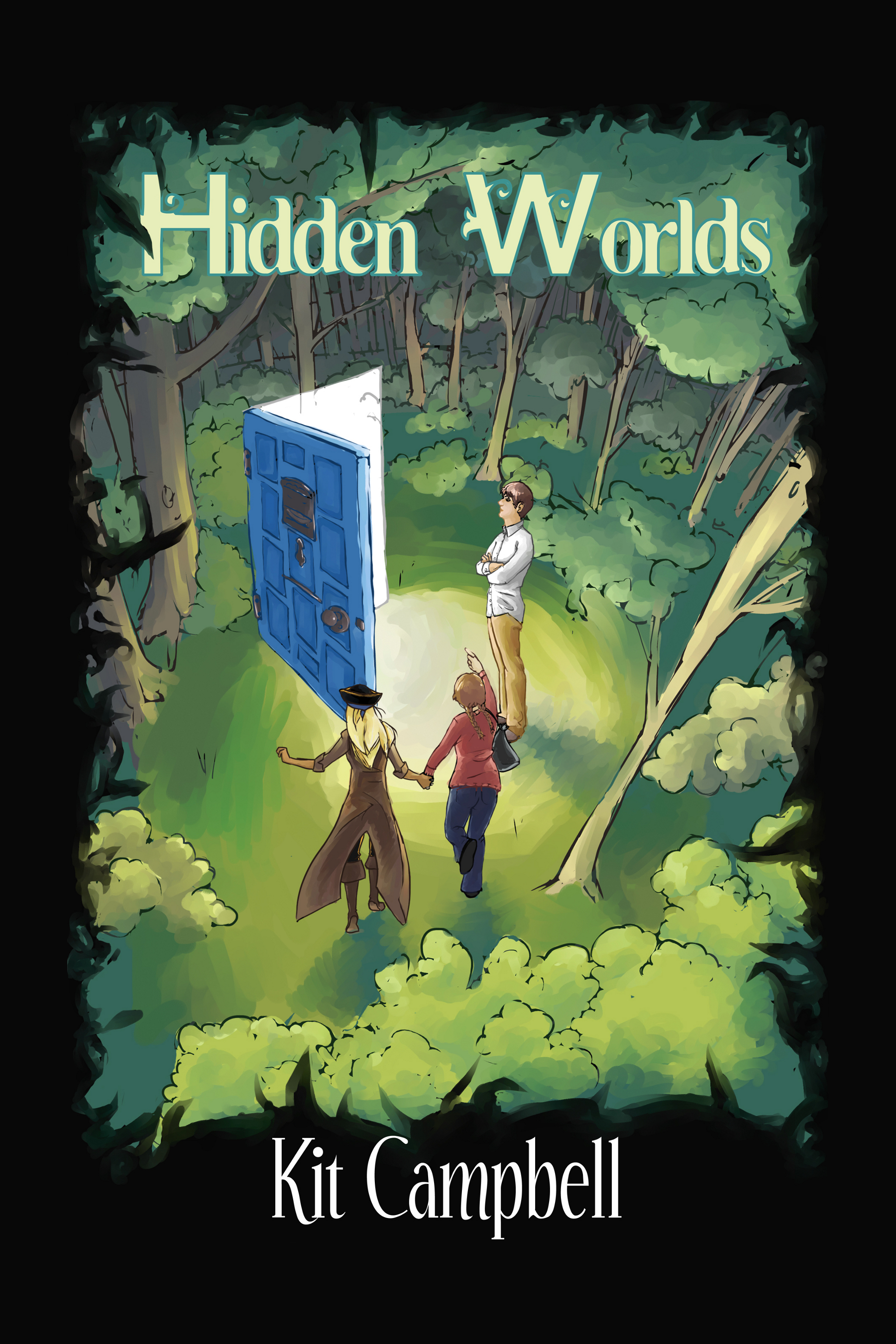I’m into the final revision on this co-written story coming out in May, and there was some commonality among comments from the editor and our beta readers:
- The setting reads a little generic
- My main character’s initial plan seems a little confused
- Why are the two side characters not seeing what the main character sees, re: danger?
Now, this may look like a bevy of issues, but they all have their root in one thing: worldbuilding.
As a quick recap, Wikipedia defines worldbuilding as “the process of constructing an imaginary world, sometimes associated with a whole fictional universe.” All fiction requires worldbuilding, but it’s mostly associated with science fiction and fantasy.
The thing is, everything else stems from your worldbuilding. Your characters, their motivations, the plot, the setting–so if you’re winging it or are a little unclear on something, that’s going to be painfully obvious in your narration.
I’ve found, when creating secondary worlds, that it’s hard to get it right the first time. That, despite thinking things through and planning things out, there’s always something that you’ve forgotten, or that gets fleshed out through the actual writing. Or, in this particular case, you notice something your co-writer is doing that would be excellent to incorporate into your own stuff.
The good news is that everything is fixable. By fleshing out your worldbuilding, you can make your settings feel real, your characters relate-able, and your plot cohesive. The better you understand it, the better the underlining structure of your entire story is.
That’s why stories where the worldbuilding was an afterthought or deemed not important feel contrived and derivative. There’s a key element missing from them that all the pretty prose and excitement in the world won’t fix.
The good news for me is that now that the first draft is finished and that I’ve done some additional worldbuilding in spots that I identified as lacking, those beginning problems can be solved with some tweaks to bring everything into proper alignment. And it sounds like everything else is pretty good to go.
Have you found issues stemming from improper or incomplete worldbuilding, Squiders? Have you ever read a book with obvious worldbuilding fails?



